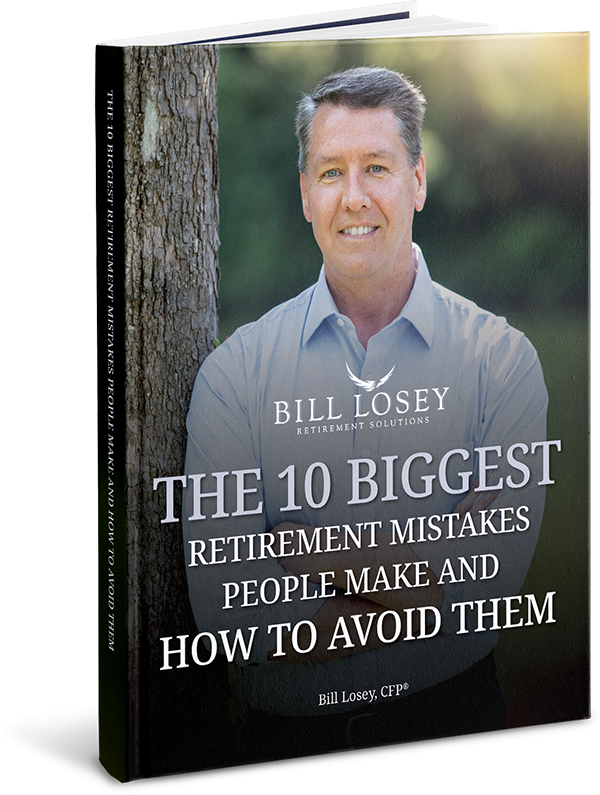Interpreting the Recent Stock Market Correction – A blip in the bull market? Or is more selling ahead? A look at some opinions.
Sooner or later, a bull market experiences a correction: a decline of at least 10% from a peak. We’ve now seen the first correction in the present bull market: the Dow went below 10,000 on May 25 (and rebounded).
When a correction occurs, there is the chance that it portends something greater – that is, the eventual end of a bull. With so much talk over the last year about a potential “double-dip” recession (shades of the 1970s), a 1,000-point Dow reversal naturally makes people wonder what the future holds.
The mood still seems bullish. We have a debt situation in Greece, Portugal, Italy and Spain that could potentially leave U.S. and European banks vulnerable. We also watched the euro slide in May, which left U.S. markets dealing with a stronger dollar (a development that harshly impacted dollar-denominated commodities like gold and oil). However, bulls remind us that we are seeing a definite U.S. economic recovery.
As Bill Smead, CIO of Smead Capital Management, told CNBC: “While everyone’s worried about [Europe], things are improving significantly for U.S. consumers. American corporations are the most flush with cash they’ve been for 25 to 30 years and profit margins are excellent.” Art Hogan, chief market strategist at Jefferies & Co., also weighed in on that cable channel, cautioning CNBC that the euro’s May struggles were being “misinterpreted as a barometer for an economic slowdown.”
Respected Hong Kong-based wealth manager Puru Saxena called May’s correction “a routine pullback” and told CNBC that in his opinion, the current bull market will go on into 2012. He sees the Federal Reserve increasing the money supply if U.S. stocks correct more severely. “Money printing is going to keep this rally going for at least another couple of years until such time when the market forces the central banks to raises interest rates,’ he commented.
If the bulls run past the current anxiety and run for another couple of years or more, “the first year will win the prize by far when it comes to magnitude of returns,” thinks Bob Doll, chief equity strategist at BlackRock. Doll sees the European debt crisis as an “aftershock” from the “major financial earthquake” of 2008, and he thinks additional rude awakenings could occur during this bull run.
Tobias Levkovich, chief U.S. equity strategist at Citi Investment Research, reminded USA TODAY that “normally, economic recoveries last a couple of years” or longer, which promotes relative longevity of bull markets. As the economy recovers, so do earnings – and great earnings translate to good times on Wall Street.
But is this just a cyclical bull in a secular bear? That’s another thought. Some market-watchers think this is all the current bull market represents. They point to the mid-1970s, a time which also saw a struggling U.S. economy and major ascents and descents in the Dow. They reference the 1930s, when the market underwent similar gyrations. In DJIA history, cyclical bulls within secular bears have averaged 22.5 months, with an average gain of better than 60%.
We have seen increased volatility, and the restlessness may hang around for a while. At SmartMoney.com, Hennion & Walsh CIO Kevin Mahn shared his view that “we’re going to see a series of starts and stops throughout 2010. The market clearly doesn’t have a direction right now because of all the political and macroeconomic uncertainty.” Tom Samuels, Palatir Fund’s portfolio manager, feels that “May is about the market shifting its focus from the economic recovery story to a debt-driven reality, which is not so rosy a picture.” He sees a bear market ahead if the sovereign debt crisis lingers.
To wrap up, a little history. While the past is no indication of the future when it comes to stock market performance, we can draw encouragement from it. In June, the current bull market will head into its fifteenth month, so it is not exactly long in the tooth. According to InvesTech Research, all mature bull markets since 1947 have lasted at least 24 months and averaged four years in duration.


